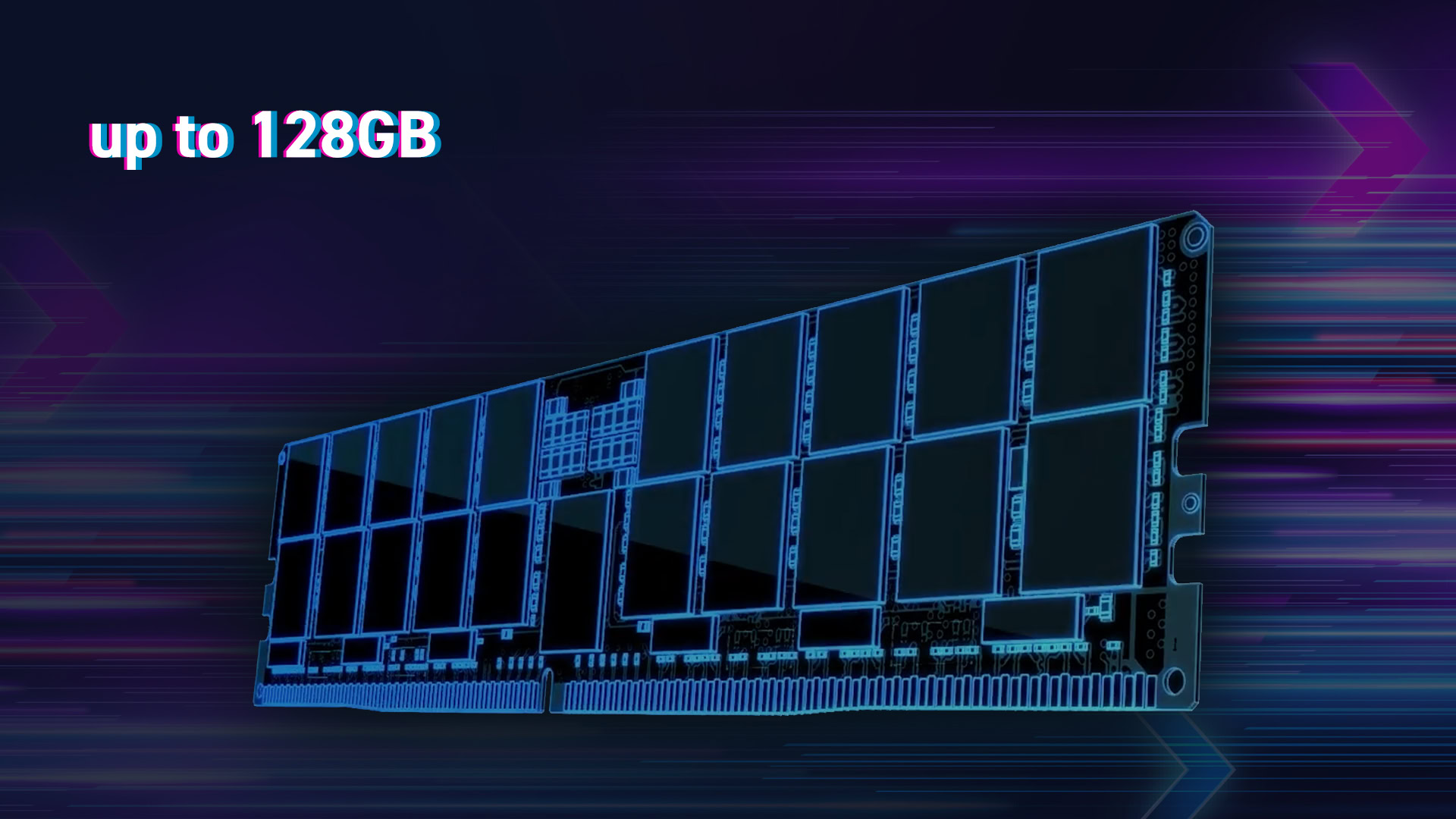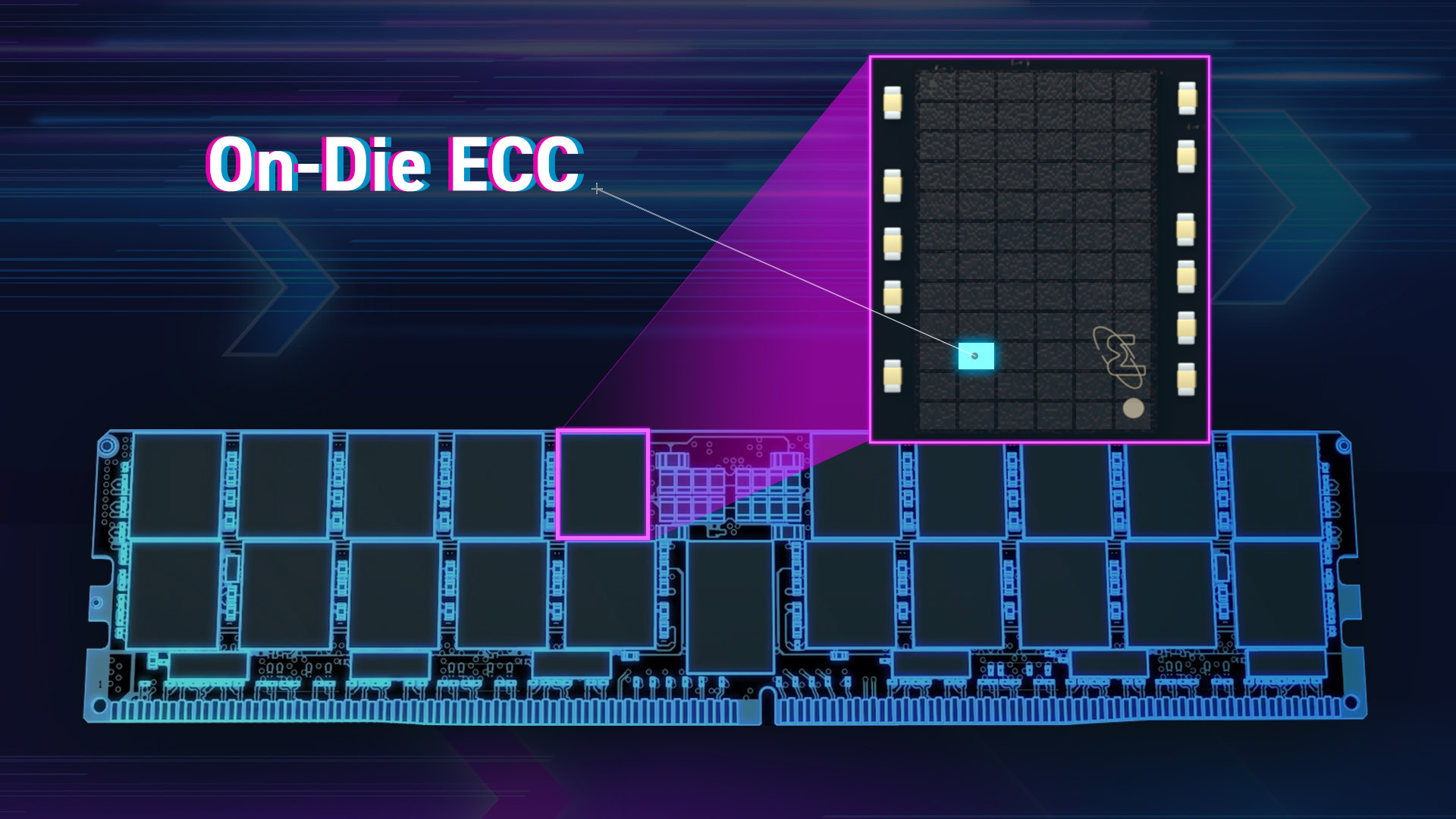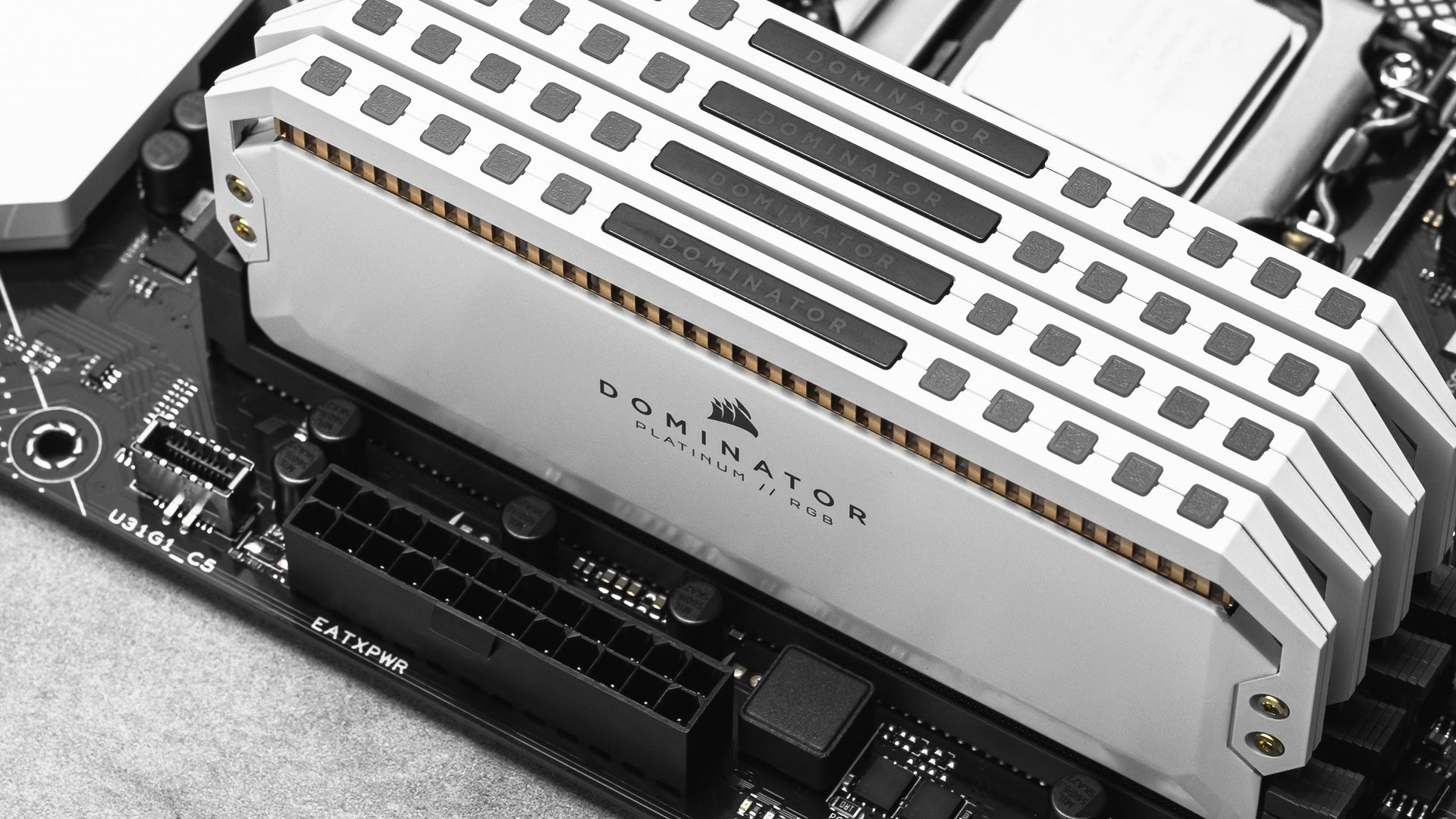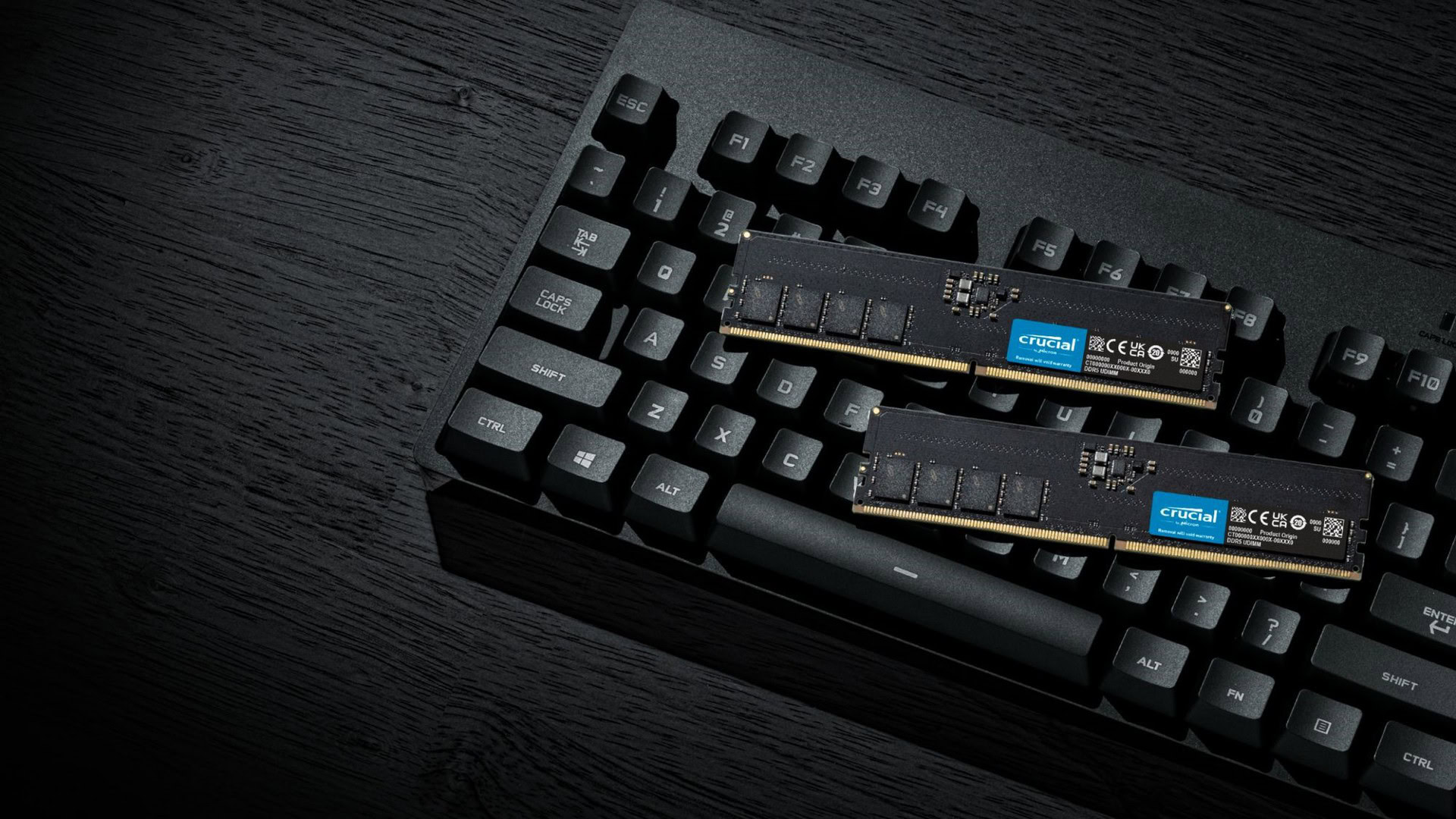Affiliate links on Android Authority may earn us a commission. Learn more.
What is DDR5? The new PC memory standard explained
December 23, 2021

Generational leaps in PC memory don’t arrive as quickly as many other technological innovations. About seven years after the announcement of DDR4, the next generation of PC memory, DDR5, is finally here. At Intel’s 12th generation Alder Lake CPU launch, DDR5 got some airtime, giving us a glimpse at what we can expect from the next generation of PC RAM.
As this is a new standard, there’s a lot of new stuff to learn about DDR5. It’s obviously an improvement over the last generation in terms of speed, but it also has some other significant differences. Here’s everything you need to know about DDR5.
Also read: What is Hyper-Threading? Intel CPU multithreading explained
What is DDR5?
DDR5 is the latest generation of PC memory, also commonly just referred to as RAM. It’s the fifth generation of Double Data Rate Synchronous Dynamic Random-Access Memory (DDR SDRAM) — an essential part of PC hardware tasked with storing all your running applications and games. As a generational upgrade, it brings key improvements over the last generation in terms of memory bandwidth, capacity, and power consumption compared with the last generation DDR4 specification.
DDR5 vs DDR4 — How is it better?

The obvious question with DDR5 is how much better is it than DDR4? Here are the key differences between the two.
Performance
For starters, base DDR5 bandwidth jumps by 50% from DDR4’s 3,200 MT/s (mega transfers per second) to 4,800 MT/s. There’s even higher potential in the long term, with bandwidth able to peak at 8,400 MT/s once the faster kit arrives. See the graphic above from Micron as an example. This is accomplished, in part, due to support for much higher clock speeds with the move to the new standard.
Of course, there are already DDR4 modules that go up to 5,333 MT/s, but those are overclocked beyond the typical limits of DDR4. DDR5 overclocks will get us well beyond that mark in the not-so-distant future. However, in the immediate future, there’s doesn’t appear to be much of a real-world speed difference between the two standards at similar frequencies. The bigger performance jumps will come about as DDR5 matures and speeds are pushed much higher.
Turning to latency, there’s not a lot of data available yet, but it seems like the next generation modules will have latency figures that are a bit slower than DDR4. Although faster DDR5 clock speeds should mean this isn’t a noticeable issue outside of some synthetic benchmarks.
Capacity
DDR5 provides a big improvement to capacity as well. With DDR4, the max capacity for one stick (aka one DIMM) is 64GB, with 32GB being the most commonly available high-capacity option. DDR5 takes this up to 128GB per stick. Although manufacturers will certainly make lower capacity DDR5 RAM sticks available as well, we can certainly expect this new generation to increase the typical capacity we see in new systems going forward.
Cost
DDR5 is brand new right now, so it is going to cost considerably more than DDR4 RAM for a while. Once mass adoption hits, this next-gen RAM will keep getting cheaper, as all previous generations have. Chances are it will remain slightly pricier than the mass adoption price of DDR4 modules, but it likely will be reasonably priced for an upgrade in the coming years. Right now though, there’s a notable premium attached to DDR5.
What else is new in DDR5?

You also get on-die Error Correction Control (ECC) on board, but this only covers data on the module itself. By comparison, traditional ECC covers the entire data pipeline. DDR5 also receives an upgraded serial presence detect (SPD), paving way for a fine-tuned RGB implementation, which is a nice addition.
Relevant: GPU vs CPU — What’s the difference?
Should you upgrade to DDR5?

DDR5 is very new right now. That, combined with the ongoing chip shortage, will mean that DDR5 RAM will be very expensive for a while, as well as hard to find. It’s not going to be a pressing upgrade for most folks right now, and the options, in the beginning, will be very limited. Additionally, an upgrade is not necessarily as simple as just buying the RAM sticks.
Also read: AMD vs Intel
To upgrade to DDR5 right now, you’ll need a new CPU, a new motherboard, and the DDR5 RAM sticks. CPU and motherboard options are limited right now to Intel 12th gen chips and a compatible Z690 motherboard. AMD does not have supported hardware just yet, but we expect DDR5 support to arrive with the next generation of Ryzen CPUs — Zen 4. These will debut in 2022.
DDR5 RAM sticks are currently available from manufacturers like Adata, Crucial, Corsair, GeIL, G.Skill, OLOy, Team Elite, and a few more. However, they have very limited quantities and prices are steep.
Depending upon your system, you may also need to upgrade your power supply to accommodate the new CPU, motherboard, and RAM, if the current PSU doesn’t meet the requirements. This will also add to the upgrade costs.
The future of DDR5

DDR5 is going to be the new standard moving forward, but it isn’t one of those things you need to immediately go out and buy. DDR generations typically last for 5-7 years. The high-performance hardware typically hits the shelves close to the middle of the lifecycle. As such, we can expect plenty of development around this new generation of memory in the next 2-3 years.
This means overclocked modules, better RGB implementations, and best of all, lower prices. You’ll also have more options in terms of supporting hardware, with AMD hardware joining the ranks. Wider hardware support is something DDR5 needs to mature as a standard and make it worthy of an upgrade.
Thank you for being part of our community. Read our Comment Policy before posting.